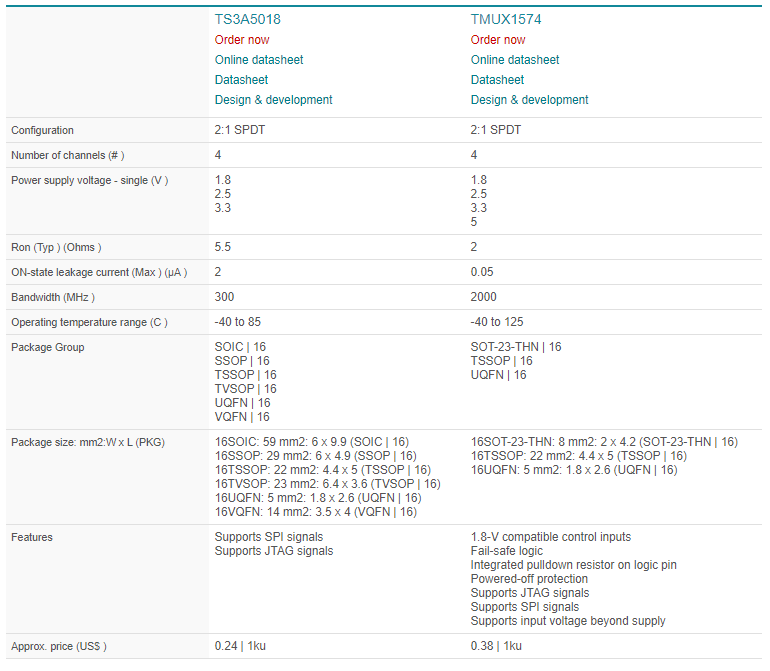Other Parts Discussed in Thread: TMUX1574
Hello,
In my application of TS3A5018, because the power supply and analog voltage are drived by different power railed, so is there any requirement between Analog voltage compare to the power supply.
When I power off my PCBA, because the damp rate are different, one NC pin(below pink trace) will higher than power supply(below orange trace) about 0.5V, with 5ms time. Will this damage the chip?
I am afraid of the latch up risky.
Thank you!







